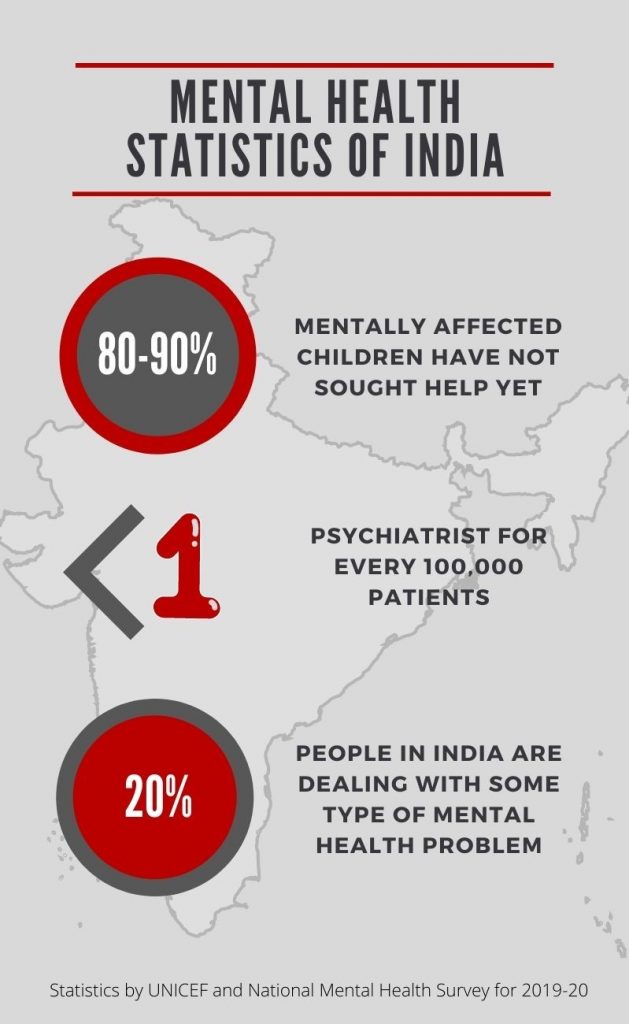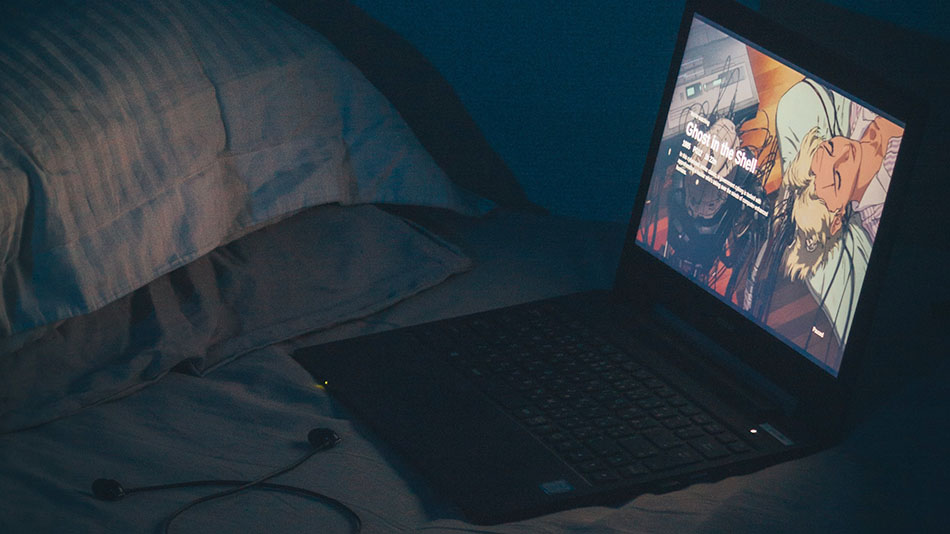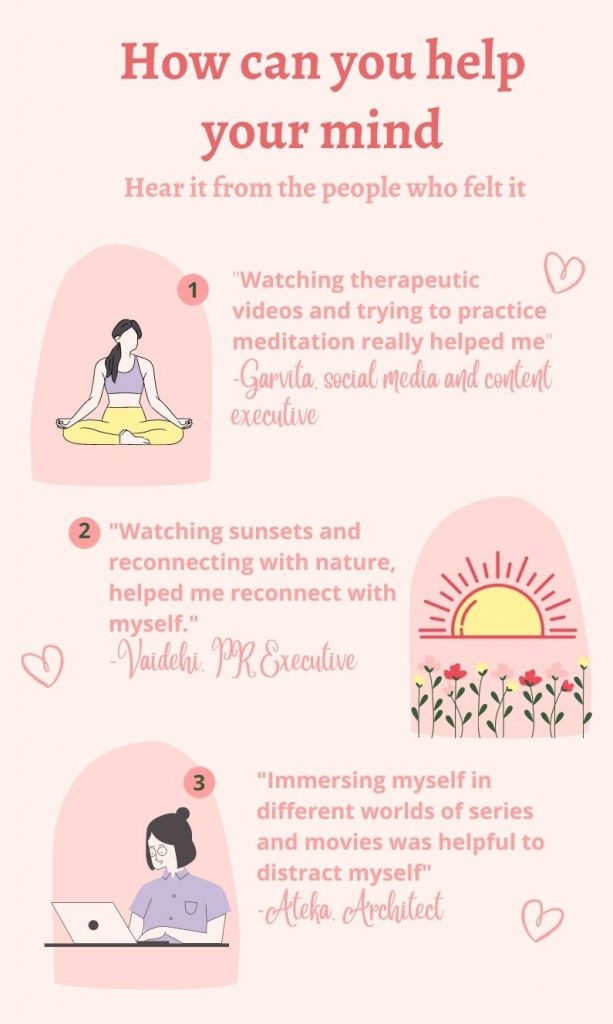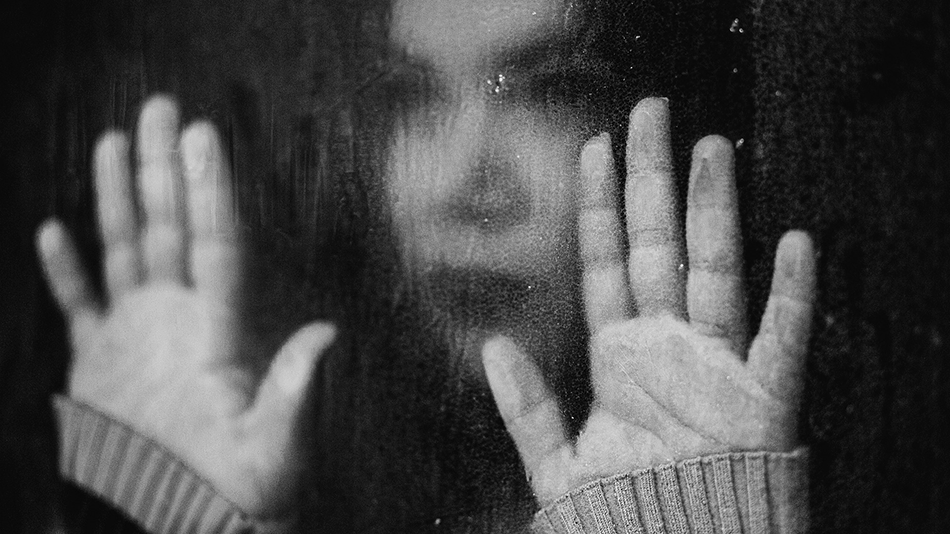According to a UNICEF report, post the pandemic, 1 in 7 young people in India are depressed but very few seek help. What has caused this and what needs to be done to change this mental health scenario?
Day after day, she sat with her laptop, pen and paper and tried to write something. But she couldn’t. She had a lot to say and knew exactly what she wanted to write but just couldn’t get herself to physically put it down. As a passionate writer, that’s when Garvita realised that something was wrong as this wasn’t just any other creative block.
“I find reasons to write, but at that moment I actually lost my ability to write. I did, I completely stopped writing for myself. I knew I had so much to put out there, but a part of me was like, you know what? There is no point of doing this,” said Garvita.
Garvita, like many others, spotted initial signs of borderline depression during the pandemic. She recalls the feeling of unhappiness and loneliness she felt, even though she was surrounded by family.
Lockdown literally felt like someone was hitting my head to sit at home.
Vaidehi
She says, “my family was with me yet, there was this difficult moment when I didn’t want to talk to them as well, because every time I started opening up and sharing things about what I was feeling, I just cried. I just cried and it would just come out of nowhere.”
Garvita is not the only one who struggled mentally during the pandemic. According to a UNICEF report, 14% of India’s 15-24-year-olds reported feeling depressed or having little interest in doing things during the pandemic.
Srishti Asthana, who is a practising psychologist and school counsellor under a government programme, attributes this issue to the lack of options for exploration. She says, “growing kids need to explore. They need a lot of stimulation…Lockdown has pushed everyone into a feeling of void and emptiness.”
Vaidehi, a 22-year-old PR executive says that the lockdown completely flipped her life upside down. “It was huge, because I’m a very extroverted person. I have a huge social life and the lockdown felt literally like someone was hitting me on the head to sit at home,” says Vaidehi.
Vaidehi remembers the moment when she connected the dots and realised that her depressive episode was triggered by the two biggest things in her life, her career and her relationship, which both failed at the start of the pandemic which set things off for her.
Vaidehi says, “he was the person I was supposed to be with in the future and modelling and acting was supposed to be my career and that changed completely. I was blank and I was lost. It took me through a very dark phase. I was recreating my identity, what I am? Who am I?”
Working with teens and young adults, Srishti realised that this has been a pattern with many of them. She says, “there’s a sense of hopelessness and existential crisis among many young adults. This has always been around but not in such big numbers.”

When it comes to choosing a path in life post the pandemic the problem seems to be that young adults aren’t motivated enough to do it. “The kids say our parents followed the traditional path. They did everything perfectly, but they are unhappy anyway. So, what’s the point?” says Srishti.
By being trapped at home with their parents after so long, they really got to see how unhappy the adults are with their life and this hugely impacted them and their idea of happiness.
Twenty four-year-old Ateka, felt that coming back to her house and adjusting with the family, after four years of independent living was the hardest thing for her to deal with. She says, “it was mostly me in my room working or at least telling everyone that I’m working so that I get my own space. Because getting space in an Indian household is a task.”
While going through a tough time during the pandemic, Ateka turned to the digital world to give her comfort. “I started binge watching some series that made me forget everything,” says Ateka.
Many young adults like Ateka immersed themselves into the digital world in order to tackle the situation of dealing with family, by isolating and withdrawing themselves from reality.
Srishti says, “the only source through which they could explore was probably through social media or YouTube or Netflix. But these places are not emotionally and mentally a safe form of the worldview for children and adolescents.”

According to the report by UNICEF, being away from friends, classroom and play caused isolation and anxiety among many children in India. Srishti believes that this especially affected children from lower income backgrounds.
“Kids who come from a decent financial background have many outlets and avenues for exploration and stimulation, but then kids who don’t come from that kind of a background, they may have nothing to turn to, your school was that one place where they had some distractions from their life,” says Srishti. She also added that being stripped of the chance to grow in school has done a lot of damage to their psyche.
With schools, colleges and offices finally starting to open up again, many are happy to be able to step out of their houses and socialise again. But this is not a fix for all their mental health problems.
Garvita says that she is feeling better now that things have opened up but she knows it is only because of a change in her surroundings. She says, “I got better. But that doesn’t mean that internally I am okay. If you don’t, heal it properly or do not lead it to a final, proper end, you just are in a vulnerable state at all points of your life.”
As a school counsellor, Srishti sees a lot of children who are overjoyed to be back in school, but she also sees children who cannot handle all this at once and just want to go back home.
She says, “social development is something that happens rapidly when you’re a teenager, where you understand how to place yourself, how to socialise, how to interact, how to build friends,etc. They were stripped of the chance to experience that.”

The UNICEF report brought to light that India was the only country of the 21 countries surveyed, where only 41% young adults thought that it is good to seek help for mental health as opposed to an average of 83% in the remaining countries. This apprehension may be due to mental health being viewed as black or white in India, rather than a spectrum.
“The outlook that people have is that either you’re mad and insane or you are normal and well-adjusted. We’re all on the spectrum…We’re all on the same boat, some people are on the corner, some people are secure in the middle surrounded by people, so they are protected; some people are rowing the boat too hard and they’re just exhausted,” says Srishti.
According to Garvita, having professional help on board at different institutions like school, colleges and offices, will really help open up the conversation. She says, “there should be separate counsellors or therapists, so that even if people feel like talking they know they don’t have to go out there, they know that there is someone on their campus who can help them. This will make it accessible.”
People from the industry feel that being a mental health professional in India is hard because they don’t get the recognition they deserve. “It’s a high burnout job. People are like why pay a psychologist Rs 1200 for a session. We give the doctor Rs 1200, but the doctor is seeing 20 patients within one hour and we are seeing one client for an hour, so there’s a big difference,” says Srishti.
Apart from the need for recognition of the field, Srishti also feels that the government should be more proactive in promoting a healthy mind. “I think they have started doing it now. Who imagined that there would be psychologists employed in government schools? When we were starting out we never thought this could happen, but it is happening now.”
Garvita, Vaidehi and Ateka, all three felt that talking about your issues and what you face is the best way to start dealing with it, whether that be with a therapist or someone from your family.
More people need to start taking responsibility for their own issues. Srishti says, “you’re not being stronger by holding everything in, the way to be stronger is by seeking help. In our society, the stigma and taboo are so much and you’re going against it. So technically you are stronger if you are seeking help.”

